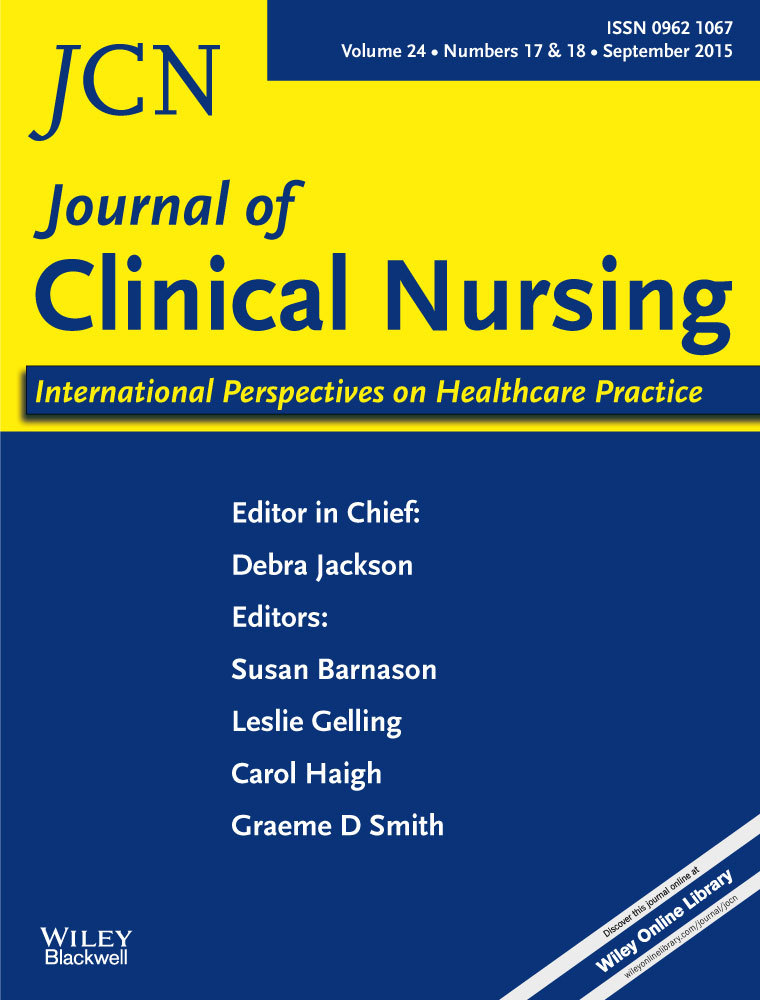Measuring maternal health literacy in adolescents attending antenatal care in a developing country – the impact of selected demographic characteristics
Abstract
Aims and objectives
The aim of this paper is to describe how selected demographic characteristics ‘explain’ the observed variance in the distribution of maternal health literacy estimates in adolescents attending antenatal care in Uganda, as estimated by the ‘Maternal health literacy scale’.
Background
By the age of 20 years, more than 60% of Ugandan females are mothers. In the Busoga region of Uganda, the percentage of pregnant adolescents and adolescent mothers is at its highest (above 30%).
Design
Validated questionnaire survey.
Methods
The Maternal health literacy scale was administered to 384 adolescents aged 15–19 years attending antenatal care in Jinja and Iganga districts of the Busoga region during the period of July 2013–December 2013. The Mann–Whitney U test in SPSS21 was used to determine if the two levels of dichotomised person factors, i.e. demographic characteristics, relate to ‘significantly’ different mean maternal health literacy estimates, not strictly following the normal distribution, as measured by the Maternal health literacy scale.
Results
The person factors, age, education level, pregnancy order and prepregnancy awareness about conception, explained approximately 12% of the observed variance in maternal health literacy estimates.
Conclusions
Prepregnancy awareness about conception was the single most contributory factor to the observed variance in estimated maternal health literacy levels. More research on women of childbearing age is warranted to explore the impact of further person factors on the maternal health literacy in pregnant adolescents.
Relevance to clinical practice
Using the person factors found to show ‘significant’ impact on maternal health literacy in pregnant adolescents, target-specific interventions aimed at improving maternal health literacy in pregnant adolescents can be formulated. By accounting for these factors in reproductive health policy designs, one might take preventive actions to curb the prevalence of adolescent pregnancies in both developing and developed countries.




